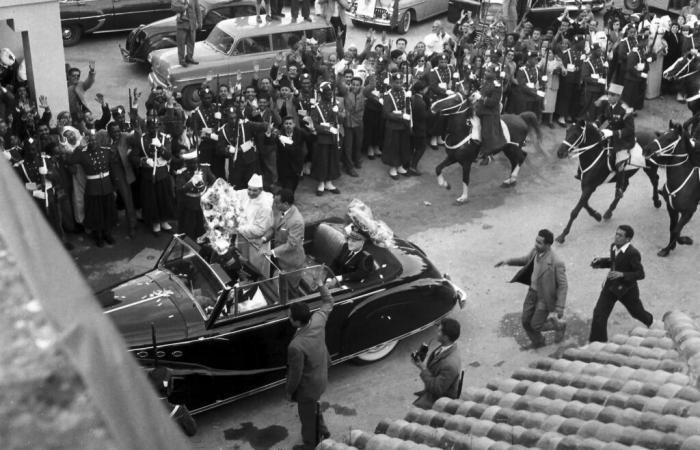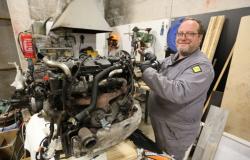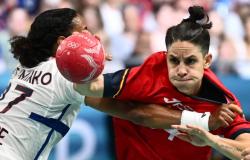From that date, the late HM Mohammed V revealed in the Speech from the Throne the elements of a constitutional reform based on the establishment of a rule of law, emphasizing that the objective is the constitution of a responsible and responsible Moroccan government. representative, authentic expression of the will of the people. The late HM Mohammed V then outlined direct guidelines, calling for democratization and multi-partyism. Immediately, Morocco embarked on a laborious process of administrative modernization, in which the parameters of decentralization, deconcentration and regionalization occupied a major place. Aware of the seriousness of the legacy left by the protectorate, the Moroccan authorities had to break with the past to lay the foundations of a new local administrative organization. This proactive and determined choice of the late HM Mohammed V allowed Morocco to inaugurate a modern practice of local management in 1959, with the establishment of 800 basic local authorities, the implementation of an elective and pluralist system for the designation of municipal councils and the adoption of direct universal suffrage.
Tracing Greater Morocco
The territory very early occupied a preponderant place in the collective consciousness of Moroccans, as evidenced by the theory of Greater Morocco presented and defended a few years before independence by the Istiqlalian leader Allal El Fassi. In July 1956, the latter made public in the Istiqlal newspaper, Al Alam, a map which gradually became a reference in the Moroccan territorial imagination. According to this document, Greater Morocco was to cover the entire territory administered by the French and the Spanish, but also the entire western part of the Algerian desert, the north of Mali as well as the entirety of Mauritania. This space was defined by Moroccan nationalists as the historical limits of Morocco. Also testifying to these territorial claims is a letter that the late HM Mohammed V addressed to Spanish President Franco in 1960. He announced his desire to make a clean sweep of the colonial territorial division: “Our two peoples must resolve their differences in the interest of their generations future […] by basing their exchanges on the foundations of equality and mutual respect, by discarding all ideas which are no longer in keeping with our times, and by renouncing all the privileges and rights granted under archaic agreements whose consultation had took place in exceptional circumstances. It clearly appears that independent Morocco did not intend to give up a large part of Greater Morocco: the Tarfaya region was recovered in 1958; the border with Algeria was contested in 1963, which gave rise to an armed conflict known as the “War of the Sands”; the enclave of Sidi Ifni was recovered in 1969 following negotiations with Spain; Mauritania was only recognized by Morocco in 1970 (that is to say ten years after its independence); and finally, the Sahara was attached to Morocco in 1975 following the Green March and the Madrid agreements that resulted from it. A few months after these agreements and more than twenty-five years after the letter that the late HM Mohammed V had addressed to Franco, the late HM Hassan II still affirmed: “I am happy that good law has finally and peacefully prevailed with regard to our Sahara. I have good hope that one day we will recognize that Sebta, Mellilia and the Rif islands are Moroccan territories.
Towards a social Morocco
Drawing up an exhaustive and objective assessment of these 69 years of independence requires in-depth studies and analyses, because the achievement of independence meant the engagement of a tough battle, and on all levels. This is the Great Jihad. A fight which has often been crowned with success, but which has also recorded failures. In any case, the Morocco of today has nothing to do with that of 1955. From the stage of liberation initiated by the late HM Mohammed V in perfect symbiosis with the people, Morocco has experienced that of construction under the reign of the late HM Hassan II. Today, a new Morocco is being built by HM King Mohammed VI. A Morocco of social justice and economic development. A Morocco that is rising to the rank of great international powers. A Morocco of investments and major international events. This is how HM King Mohammed VI preserves the heritage of His ancestors.






